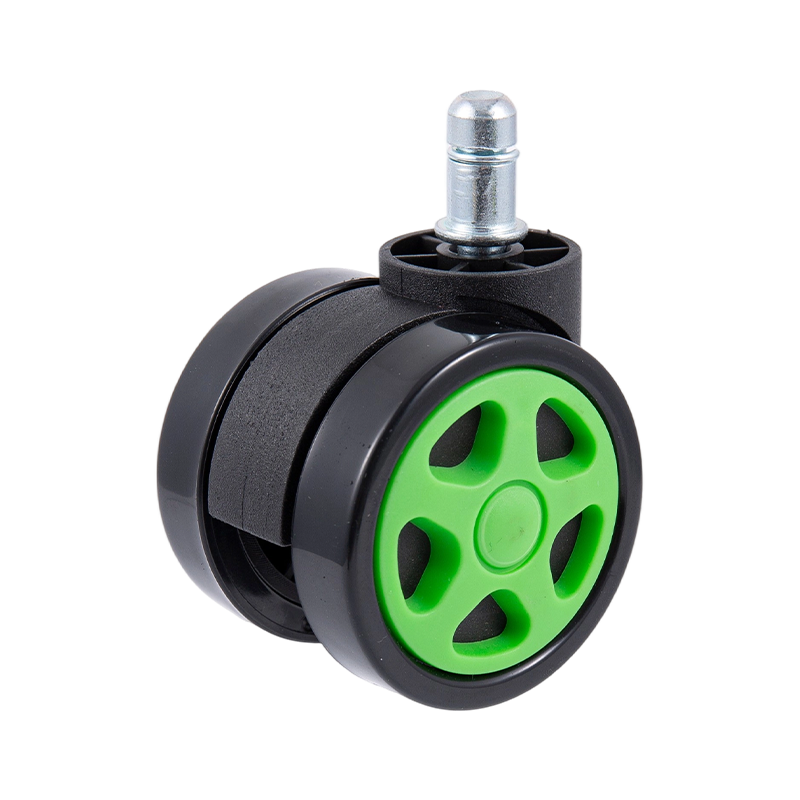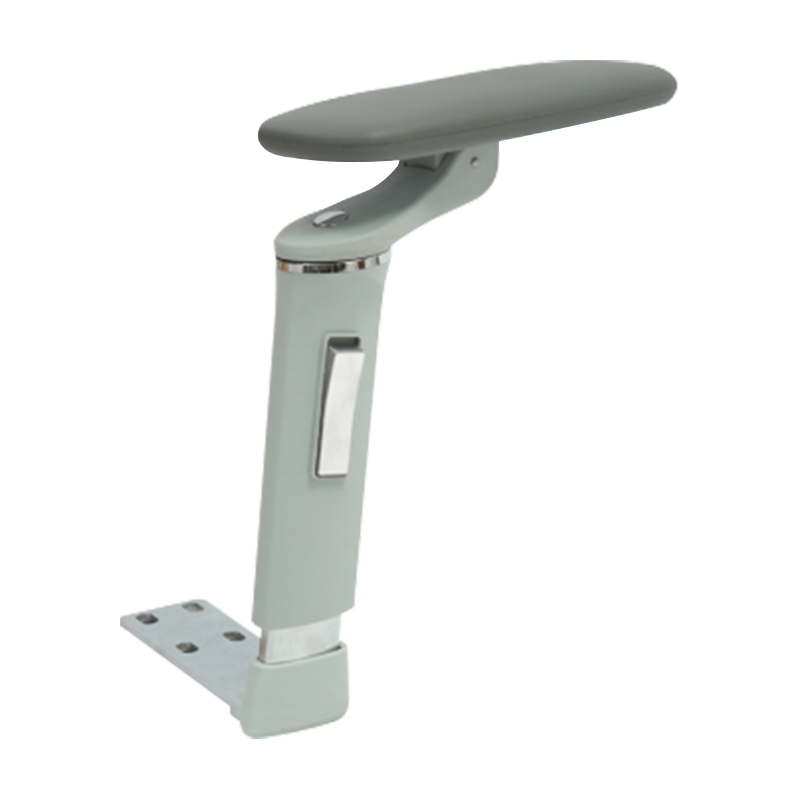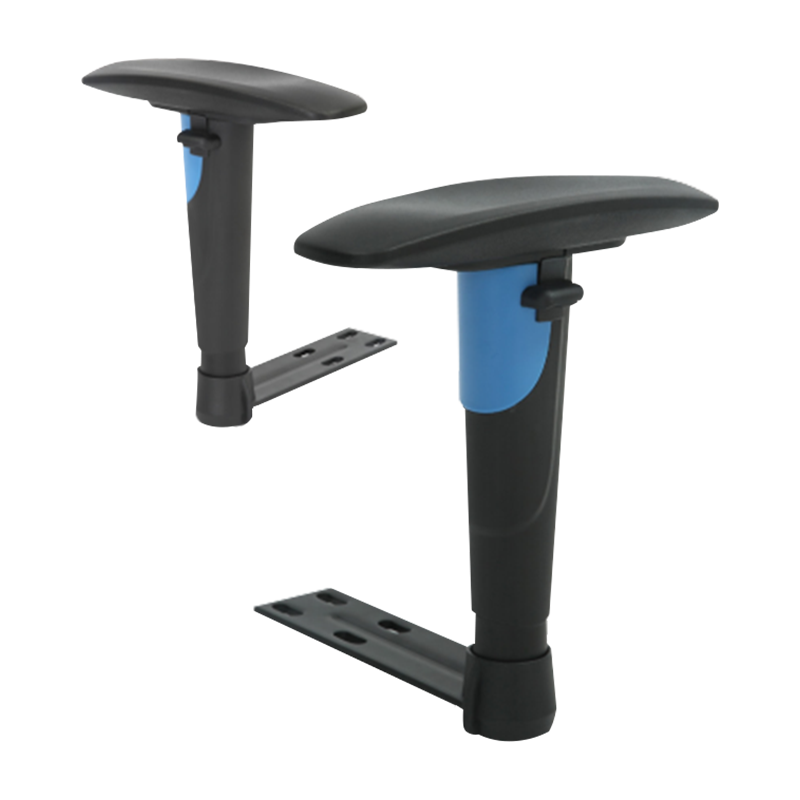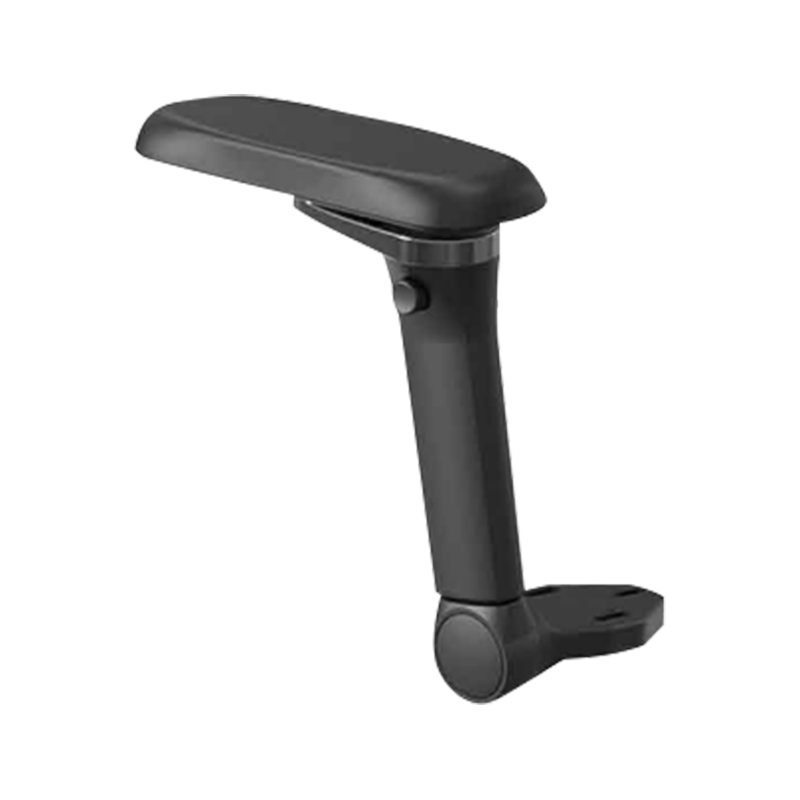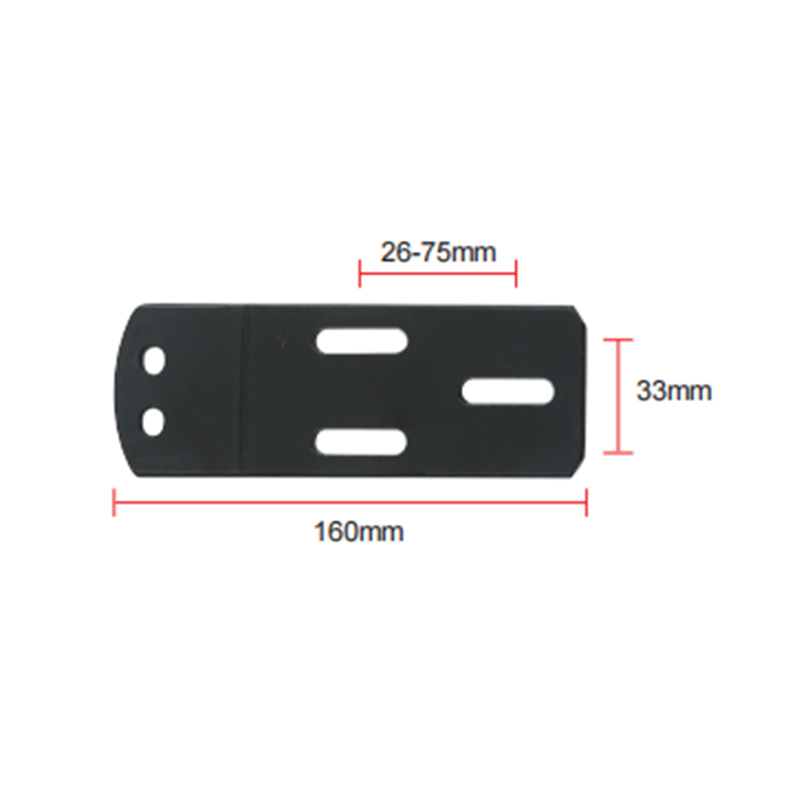Web Menu
Product Search
The Difference Between Universal and Directional Casters?
Understanding Caster Basics
When it comes to moving anything from heavy equipment to a simple piece of furniture, the type of caster you choose can make a world of difference. There are two primary types of casters: universal and directional. While they may look similar at first glance, their function and mobility are distinct. Understanding these differences is the first step in selecting the right caster for your specific needs.
60/32 Five-Hole Green Racing Wheel Mesh Chair Caster Accessories
What Are Universal Casters?
Universal casters, also known as swivel casters, are designed with a swivel bearing that allows them to rotate 360 degrees. This unique feature enables them to change direction effortlessly and move in any direction—forward, backward, sideways, or diagonally. This makes them incredibly versatile for a wide range of applications, especially in confined or crowded spaces.
What Are Directional Casters?
Directional casters, often called rigid or fixed casters, are designed to move in only one direction. They are permanently fixed to a housing that prevents them from swiveling. This design ensures the caster moves in a straight line, which is ideal for applications where stability and tracking are more important than maneuverability.
Key Differences: Mobility and Functionality
The core distinction between universal and directional casters lies in their mobility and the functionality they provide. This choice is critical as it impacts how easily you can move an item and what tasks it's best suited for.
Steering and Maneuverability
The ability to steer an object is a primary factor. Universal casters excel in environments where quick turns and complex movements are necessary, while directional casters are built for straight-line travel.
- Universal Casters: Allow for free movement in any direction, making them highly maneuverable. This is especially useful for items like office chairs or shopping carts where you need to navigate tight aisles.
- Directional Casters: Restrict movement to a single, straight path. They are often used in pairs with swivel casters on larger carts to provide a stable, controlled steering mechanism.
| Feature | Universal Casters | Directional Casters |
| Mobility | Full 360-degree swivel | Fixed, straight-line movement |
| Steering | Excellent, easy to turn | Limited, difficult to turn without swivel casters |
| Ideal Use | Tight spaces, navigating obstacles | Long, straight paths, stability |
Common Applications and Usage
The application of a caster is directly tied to its design. Universal casters are found in many everyday items, while directional casters are typically used for more specialized purposes.
- Universal Casters: Their versatility makes them a staple for general use. They are commonly found as **casters for furniture**, on rolling luggage, and in office chairs. They are also vital for many types of **medical equipment casters** where precise movement is necessary for patient care. For those needing a replacement, the **universal caster wheels replacement** market offers a wide variety of options for different load capacities and floor types.
- Directional Casters: These are most effective for items that need to be moved in a stable, predictable manner. You'll find them on large, heavy-duty industrial carts and trolleys. For anyone moving heavy machinery, investing in **heavy duty swivel casters** paired with rigid casters provides both control and maneuverability. They are also commonly seen as **casters for carts** that transport goods over long warehouse aisles.
Choosing the Right Caster for Your Needs
Selecting the right caster requires careful consideration of several factors beyond just mobility. Think about the environment, the weight of the load, and the type of floor surface to ensure you make the best choice.
Factors to Consider
To make an informed decision, you should evaluate the specific conditions of your application.
- Load Capacity: The combined weight of the item and its contents is crucial. Ensure the caster's load rating is sufficient to handle the total weight.
- Maneuverability Requirements: How much do you need to turn and navigate? If the item will be moved in a straight line most of the time, directional casters are a great choice. If it needs to weave through obstacles, universal casters are a must.
- Floor Type: The surface the caster will be rolling on impacts the material and design. For example, hard casters are great for soft floors, while soft casters are better for hard floors to prevent damage.
- Environment: Consider if the casters will be exposed to moisture, chemicals, or extreme temperatures, as this will influence the material you choose.

 Feel free to contact us
Feel free to contact us
- Product Fast Links
- Office Chair Armrest
- Hardware Steel Plate
- Polyurethane PU Surface
- Casters
- Contact Information
- Tangpu Industrial Park, Anji County, Huzhou City, Zhejiang Province, China
- [email protected]
- +86-13567973388



 English
English  Español
Español  عربى
عربى 
